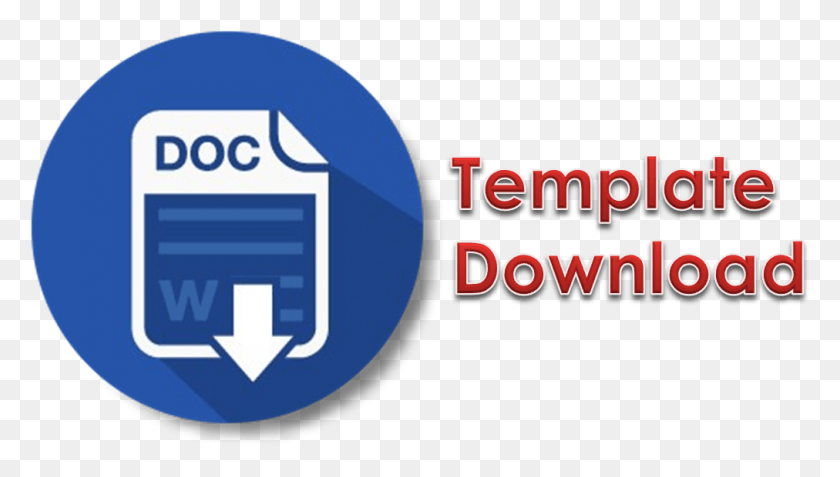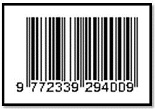Code-Switching in “Despacito (Remix)”: A Sociolinguistic Perspective in Bilingual and Global Pop Music
Abstract
Keywords
Full Text:
PDFReferences
L. Fonsi, D. Yankee, and J. Bieber, Despacito (Remix). Universal Music Latino, 2017. [Music Recording].
S. Poplack, “Sometimes I’ll start a sentence in Spanish y termino en español: toward a typology of code-switching,” Linguistics, vol. 18, no. 7–8, pp. 581–618, 1980, doi: 10.1515/ling.1980.18.7-8.581.
C. Hoffman, An Introduction to Bilingualism. London: Longman, 1991.
P. Muysken, Bilingual Speech: A Typology of Code-Mixing. Cambridge: Cambridge University Press, 2000.
A. Y. A. Kay, P. K. Nitiasih, and I. W. Suarnajaya, “The analysis of the uses of code switching and code mixing in social media among Facebookers,” JPBII, vol. 10, no. 1, pp. 1–14, Mar. 2022, doi: 10.23887/jpbi.v10i1.849.
N. L. P. D. A. S. Dharmayanti, I. A. M. Puspani, and N. P. Adni, “An analysis on code–switching in Rachel Goddard’s YouTube channel,” Prosodi: Jurnal Ilmu Bahasa dan Sastra, vol. 18, no. 1, pp. 79–88, Apr. 2024, doi: 10.21107/prosodi.v18i1.20927.
L. Nurhasanah, “An analysis of code switching and code mixing used by Gita Savitri in her video entitled ‘Everything Wrong with Hustle Culture’,” PROJECT (Professional Journal of English Education), vol. 4, no. 5, pp. 758–763, Sep. 2021, doi: 10.22460/project.v4i5.p758-763.
K. E. Situmorang, T. K. Pasaribu, and R. A. Sembiring, “An analysis of code mixing and code switching on Najwa Shihab podcast ‘Susahnya Jadi Perempuan’ (Catatan Najwa),” ELT Worldwide: Journal of English Language Teaching, vol. 10, no. 2, pp. 356–366, 2023, doi: 10.26858/eltww.v10i2.53616.
I. K. W. Ardianta and I. K. Sulatra, “An analysis of code switching found in novel ‘The Paragon Plan’,” ELYSIAN Journal: English Literature, Linguistics and Translation Studies, vol. 4, no. 1, pp. 21–30, 2024, doi: 10.36733/elysian.v4i1.8601.
F. N. Gerungan, S. T. Olii, and F. Andries, “An analysis of code switching used in classroom,” JELLT (Journal of English Language and Literature Teaching), vol. 5, no. 1, pp. 61–85, Jun. 2020, doi: 10.36412/jellt.v5i1.2431.
A. Sentana, “Code-switching analysis in the novel A Very Yuppy Wedding,” Jurnal JUKIM, vol. 1, no. 5, pp. 94–104, Sep. 2022, doi: 10.56127/jukim.v1i05.487.
E. Susilawati and D. I. Andriani, “Code-switching and code-mixing analysis in Indonesian songs lyrics by UN1TY,” BASIS, vol. 10, no. 1, pp. 67–78, Apr. 2023, doi: 10.33884/basisupb.v10i1.6882.
T. C. Ameliza and A. Ambalegin, “Code switching analysis in English literature WhatsApp group,” BASIS, vol. 7, no. 1, pp. 141–150, Apr. 2020, doi: 10.33884/basisupb.v7i1.1837.
N. M. V. Utami, D. Hakim, and I. N. P. Adiputra, “Code switching analysis in the notes made by the sales assistants in Ripcurl,” Lingual: Journal of Language and Culture, vol. 6, no. 2, p. 20, Jan. 2019, doi: 10.24843/LJLC.2018.v06.i02.p04.
K. Nisa, H. Septiawan, and R. Deviyanti, “An analysis of code switching in students’ speaking test as English foreign language learners,” English Education: Jurnal Tadris Bahasa Inggris, vol. 14, no. 2, pp. 388–397, 2021, doi: 10.24042/ee-jtbi.v14i2.9814.
J. C. Juvrianto, “An analysis of code-switching in English meeting club (Benteng Panynyua Club in Fort Rotterdam Makassar),” ETERNAL (English Teaching Learning and Research Journal), vol. 4, no. 1, pp. 31–42, Jun. 2018, doi: 10.24252/Eternal.V41.2018.A3.
N. W. S. Elmiani, D. P. Ramendra, and G. Mahendrayana, “An analysis of code-switching used by English teacher in SMA Lab Undiksha,” International Journal of Language and Literature, vol. 3, no. 4, pp. 165–170, doi: 10.23887/ijll.v3i4.28418
A. I. Wibowo, I. Yuniasih, and F. Nelfianti, “Analysis of types code switching and code mixing by the sixth President of Republic Indonesia’s speech at the National of Independence Day,” PROGRESSIVE, vol. XII, no. 2, pp. 13–22, Sep. 2017.
F. Grosjean, Life with Two Languages: An Introduction to Bilingualism, Cambridge, MA: Harvard University Press, 1982.
Daenah and A. A. Rosyiidah, “An analysis of code-switching used by alumni of the International Indonesian School of Jeddah (IISJ),” ISLLAC: Journal of Intensive Studies on Language, Literature, Art, and Culture, vol. 6, no. 2, pp. 243–256, 2022, doi: 10.17977/um006v6i22022p244-255.
M. B. Miles, A. M. Huberman, and J. Saldaña, Qualitative Data Analysis: A Methods Sourcebook, 3rd ed. Thousand Oaks, CA: SAGE Publications, 2014.
G. A. Bowen, “Document analysis as a qualitative research method,” Qualitative Research Journal, vol. 9, no. 2, pp. 27–40, 2009, doi: 10.3316/QRJ0902027.
U.S. Copyright Office, Fair Use Index, Washington, D.C.: U.S. Copyright Office. [Online]. Available: https://www.copyright.gov/fair-use/
American Psychological Association, Publication Manual of the American Psychological Association, 7th ed. Washington, D.C.: American Psychological Association, 2020.
V. Braun and V. Clarke, “Using thematic analysis in psychology,” Qualitative Research in Psychology, vol. 3, no. 2, pp. 77–101, 2006, doi: 10.1191/1478088706qp063oa.
DOI: https://doi.org/10.31764/leltj.v13i1.31410
Refbacks
- There are currently no refbacks.
Copyright (c) 2025 Rela Sabtiana

This work is licensed under a Creative Commons Attribution-ShareAlike 4.0 International License.
_____________________________________________________
Linguistics and ELT Journal
p-ISSN 2339-2940 | e-ISSN 2614-8633

LELTJ is licensed under a Creative Commons Attribution-ShareAlike 4.0 International License.
_____________________________________________________
LELTJ is abstracting & indexing in the following databases:
_____________________________________________________
LELTJ Editorial Office:













